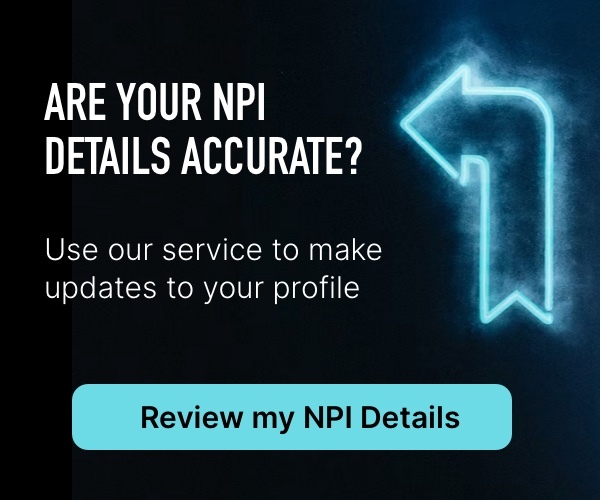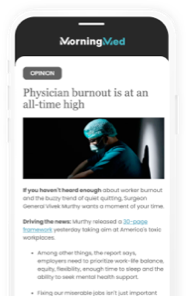
Sequential Bilateral Neurostimulation Aids Treatment-Resistant Depression

WEDNESDAY, Jan. 3, 2024 (HealthDay News) -- A novel sequential bilateral neurostimulation protocol has the potential to improve treatment-resistant major depressive disorder (TR-MDD), according to a letter published in the November issue of Brain Stimulation.
Sabrina K. Segal, Ph.D., from the Family Care Center in Lone Tree, Colorado, and colleagues conducted a naturalistic retrospective study to examine whether a novel sequential bilateral protocol utilizing high-frequency repetitive transcranial magnetic stimulation (rTMS) to the left dorsolateral prefrontal cortex, followed by intermittent theta burst stimulation to the right dorsolateral prefrontal cortex, is effective for patients with TR-MDD. The analysis included 38 patients with TR-MDD who completed 28 TMS sessions.
The researchers found that mean Patient Health Questionnaire-9 (PHQ-9) scores significantly decreased from 18.18 at timepoint 1 to 10.29 at timepoint 2 and 8.05 at timepoint 3. The response rate was 66 percent, and the remission rate was 24 percent. There were no significant differences between mean PHQ-9 scores at the end of treatment by the coil used (B-70 or B-65). Most patients (84.2 percent) had more than a 5-point score reduction, and two-thirds (68.4 percent) had a final PHQ-9 score <10, showing marked clinical improvement.
"The current results provide a rationale to expand treatment approaches for rTMS beyond the contemporary 'left-excitatory/right-inhibitory' hemispheric lateralization strategy," the authors write.



